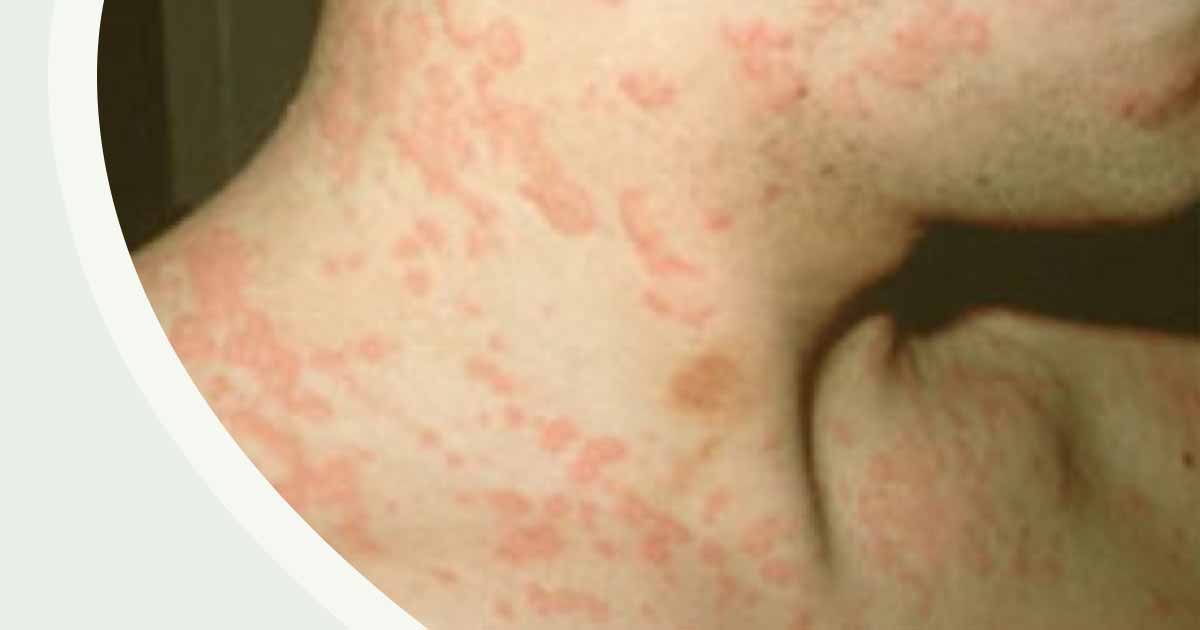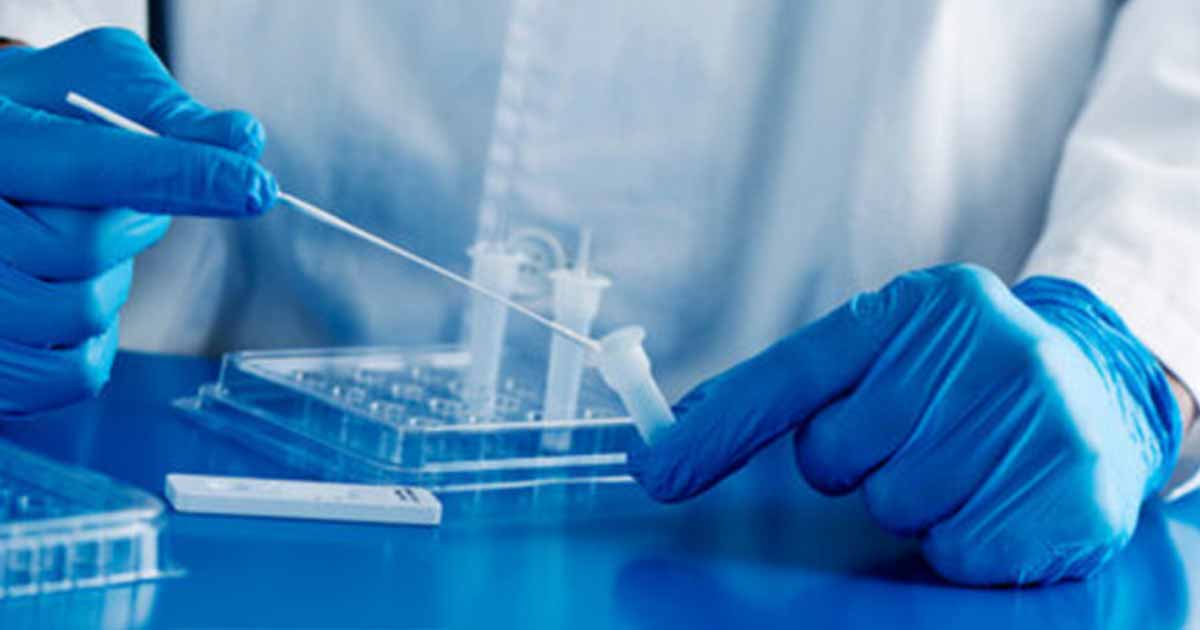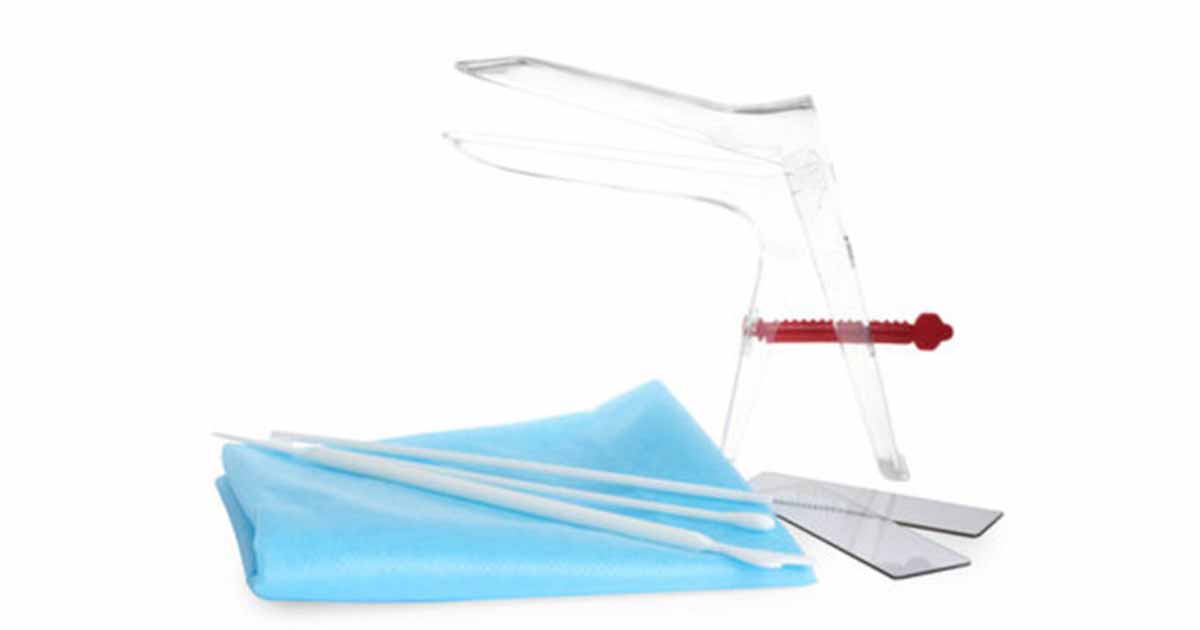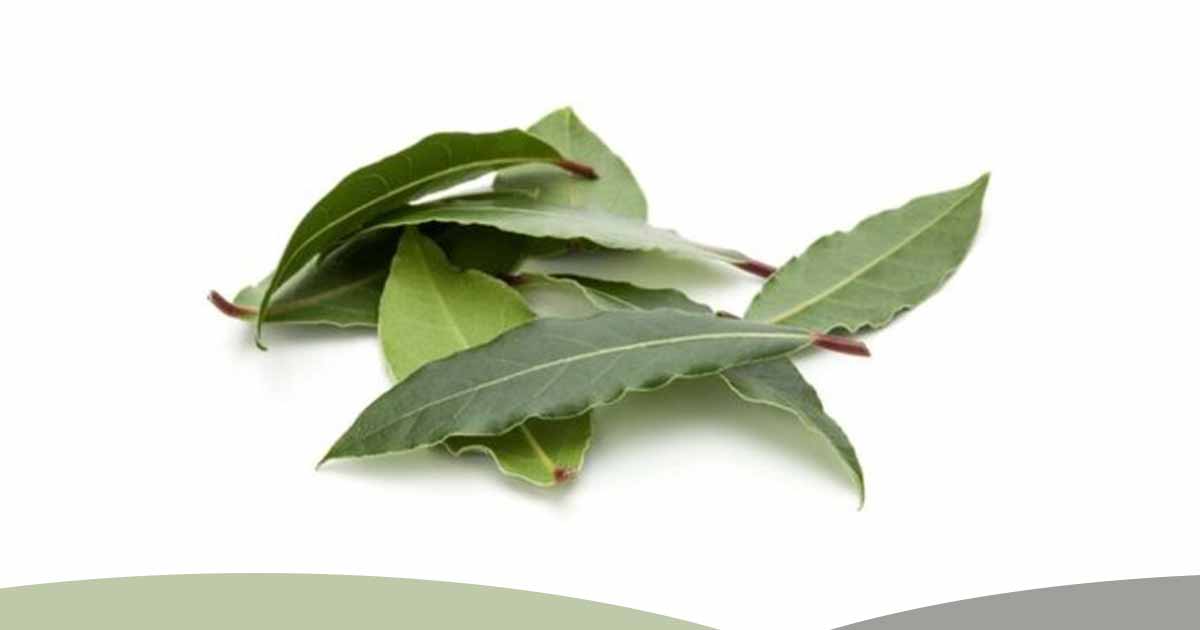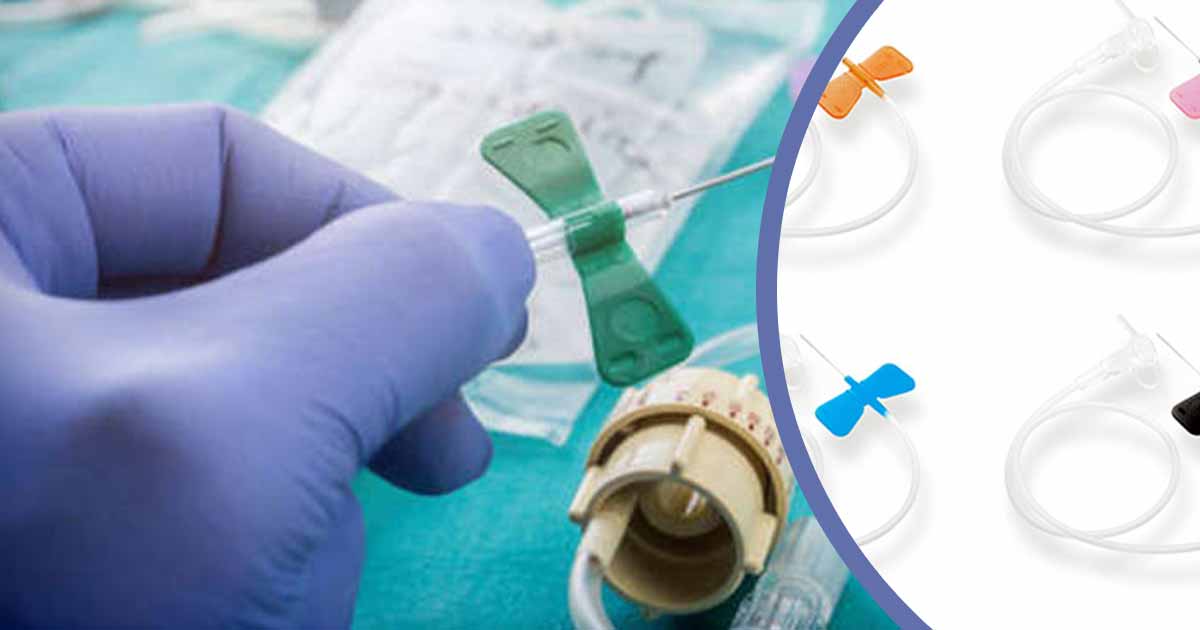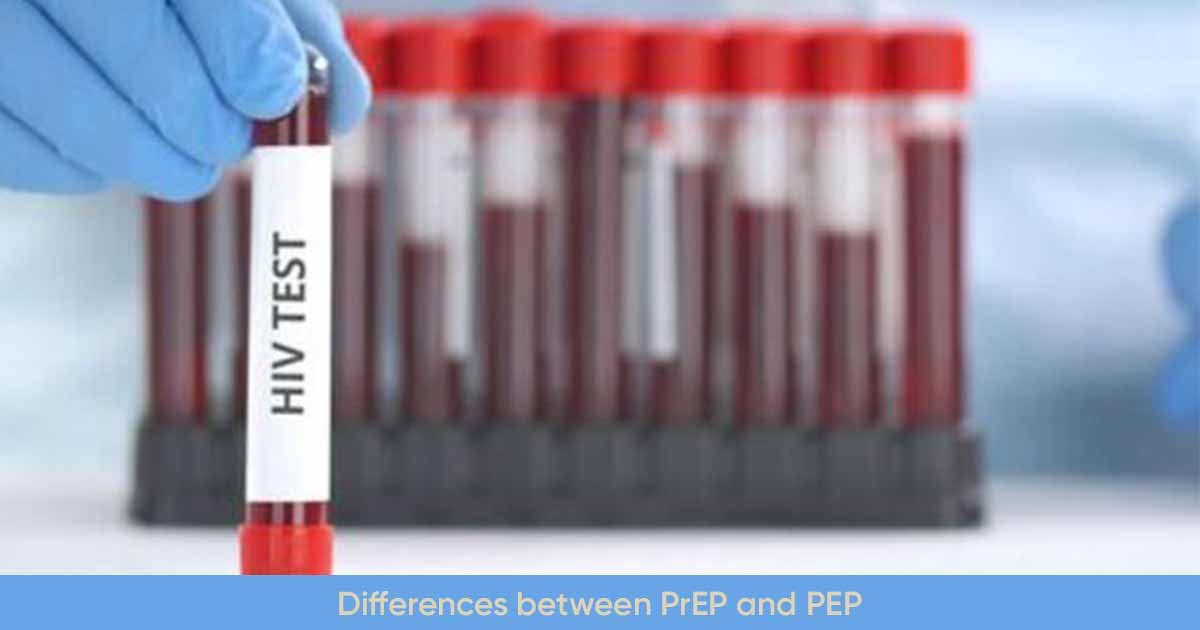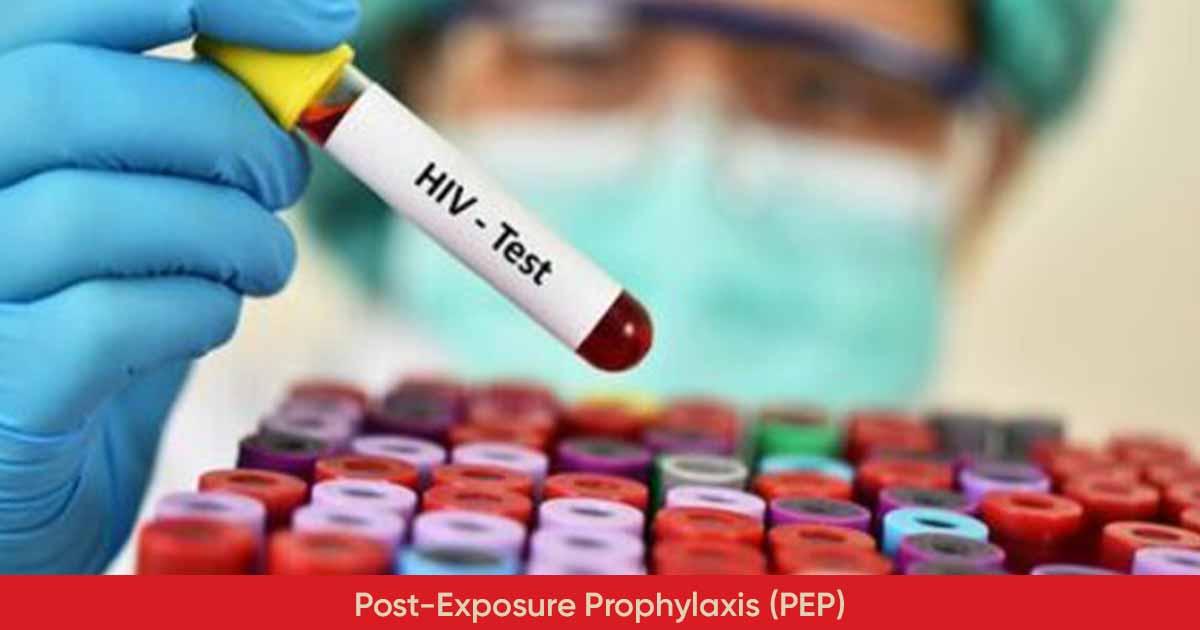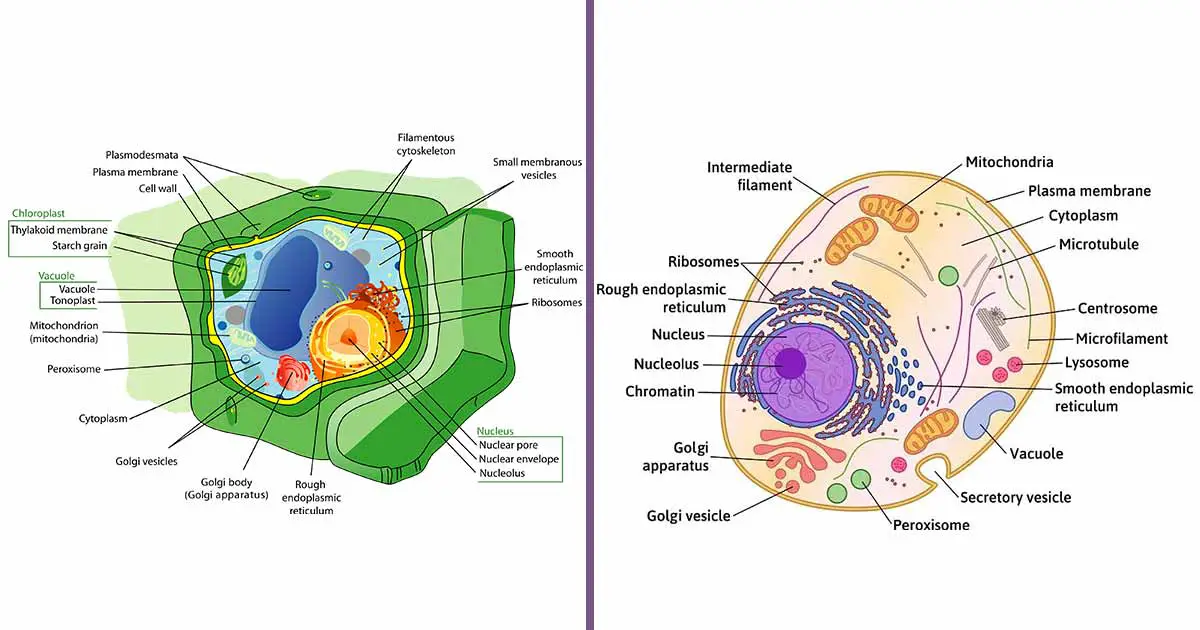Aquagenic Pruritus (Allergy to Water): Major Causes, Symptoms, Treatment Options
Aquagenic pruritus is a dermatological disorder that cause harsh pricking-like feeling/itch. The itching is triggered by the presence of water of any kind (including rainwater, seawater, bath/tap water, and even swimming pool water) on the skin. The water could be hot, cold, or tepid. Aquagenic pruritus is a variant of inducible pruritus. Aquagenic pruritus can … Read more

